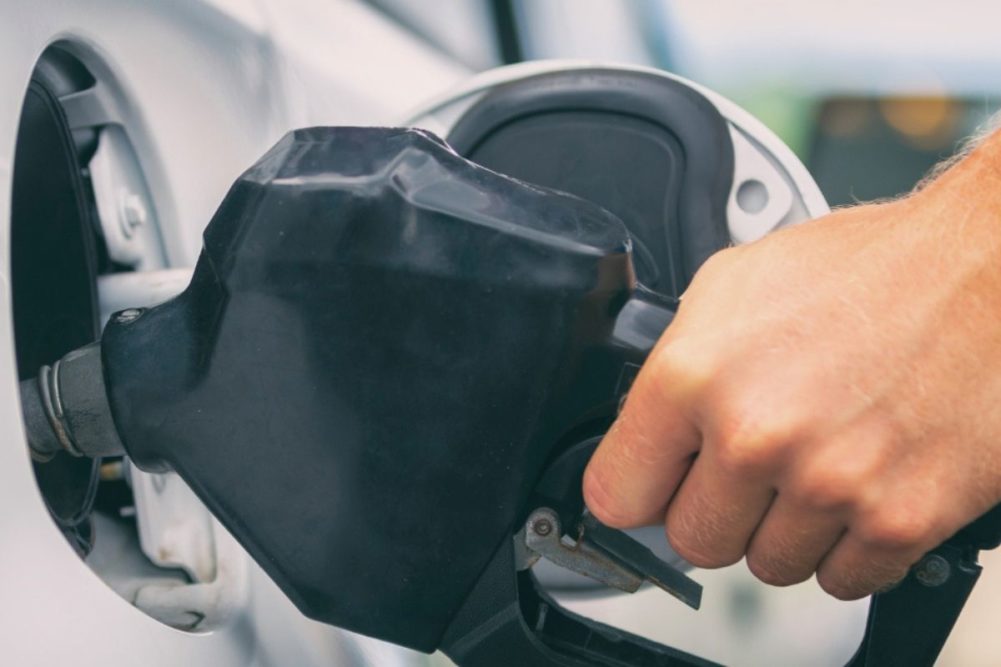CANBERRA, AUSTRALIA — With no subsidy, tax credit or mandated usage, biofuels usage in Australia is a small percentage of the overall fuel pool. However, new fuel standards starting in 2022 could significantly increase the ethanol blend rate, according to a report from the US Department of Agriculture’s Foreign Agricultural Service (FAS).
In 2021, only 1.1% of the gasoline pool was ethanol and only 0.1% of the diesel pool was biodiesel, FAS said. Australia has large feedstock supplies for both renewable fuels, but only a very small amount is used for biofuels production.
No new ethanol facilities have been built in the last 10 years and there has been no change in capacity.
For biodiesel, the closure of multiple facilities in the early to mid-2010s and curtailment of imports forced a modest national average blend rate to collapse, FAS said.
A new fuel standard starting Jan. 1, 2022, reduces the gasoline pool maximum aromatics content from 42% to 35%. If enforced, FAS said this could prompt a significant increase in ethanol use.
“Industry expects that, similarly to other parts of the world, ethanol will be the primary substitute for aromatics and Australia will need to approximately triple the current bioethanol use in gasoline blends,” FAS said. “This could come from imports or increased domestic production.”
Reducing the aromatic content of fuel reduces the octane level, so a substitute is required to maintain the required levels. Ethanol is a superior octane enhancer and is widely used in Europe and the US.
In order to meet the new standard, an additional 370 ML of ethanol would be needed in addition to the 180 ML already consumed.
“If met from domestic sources this would approximately triple the current estimated fuel ethanol production in Australia,” FAS said.
This would also equate to an average of 3% ethanol content across all gasoline consumed in Australia, it said.






